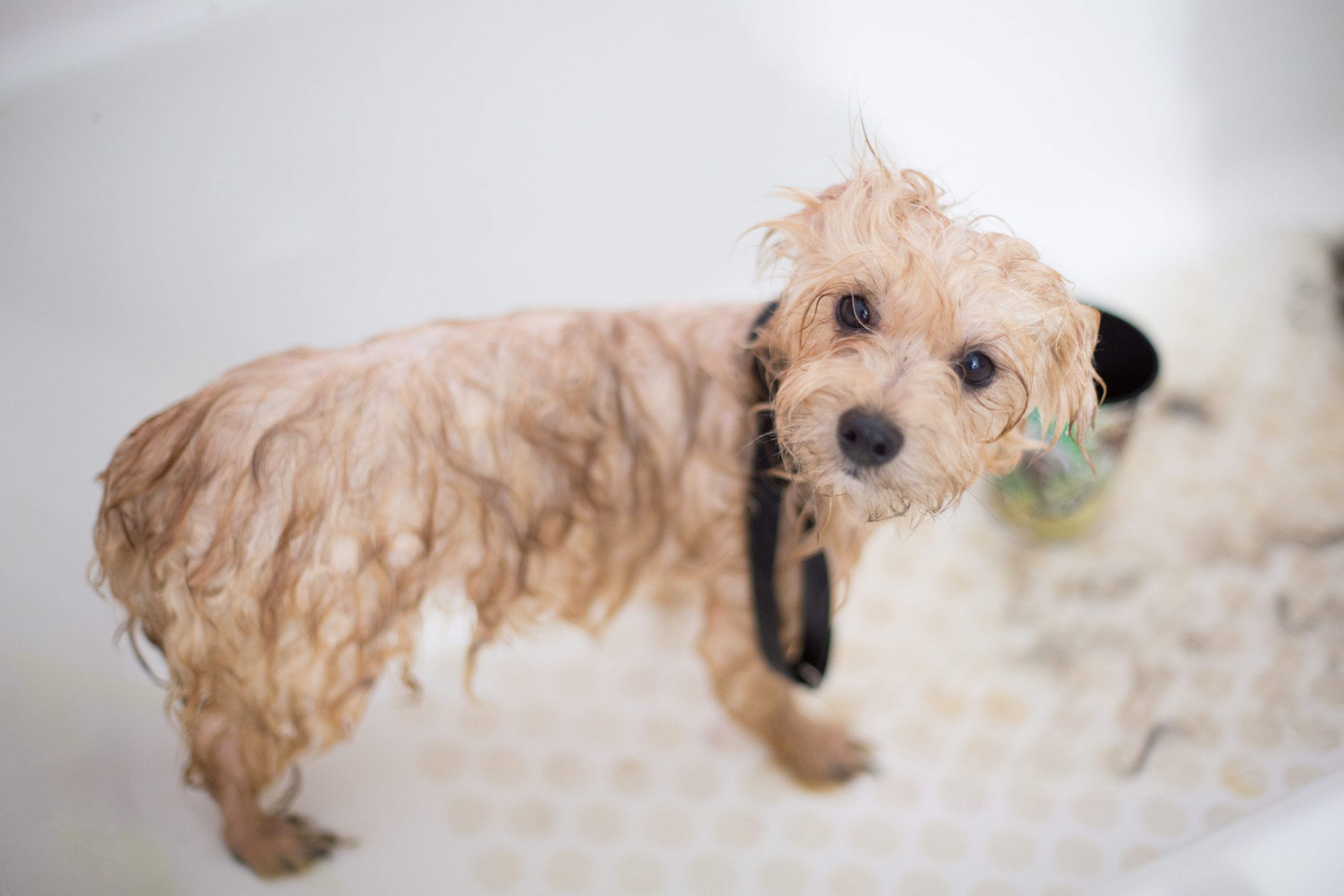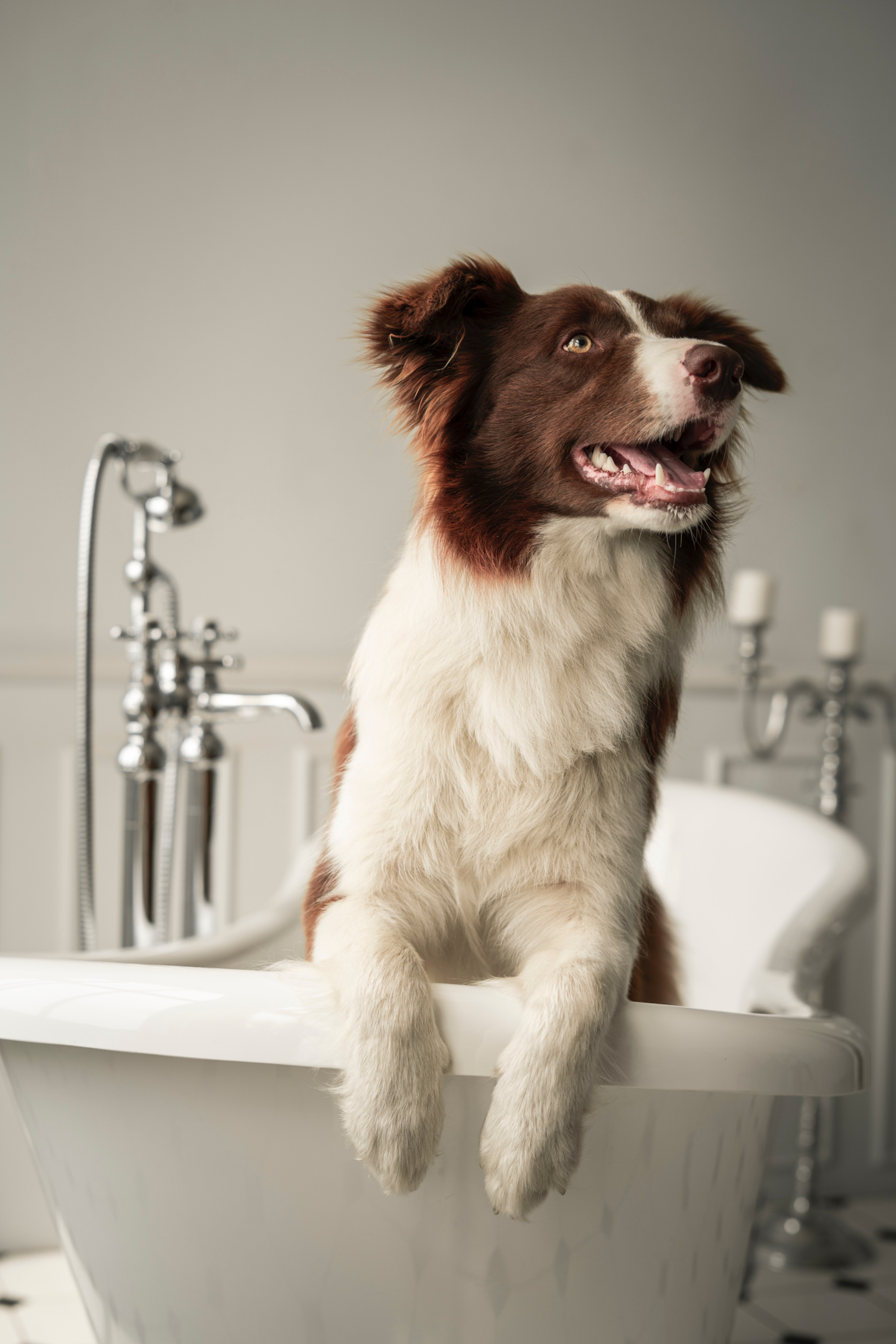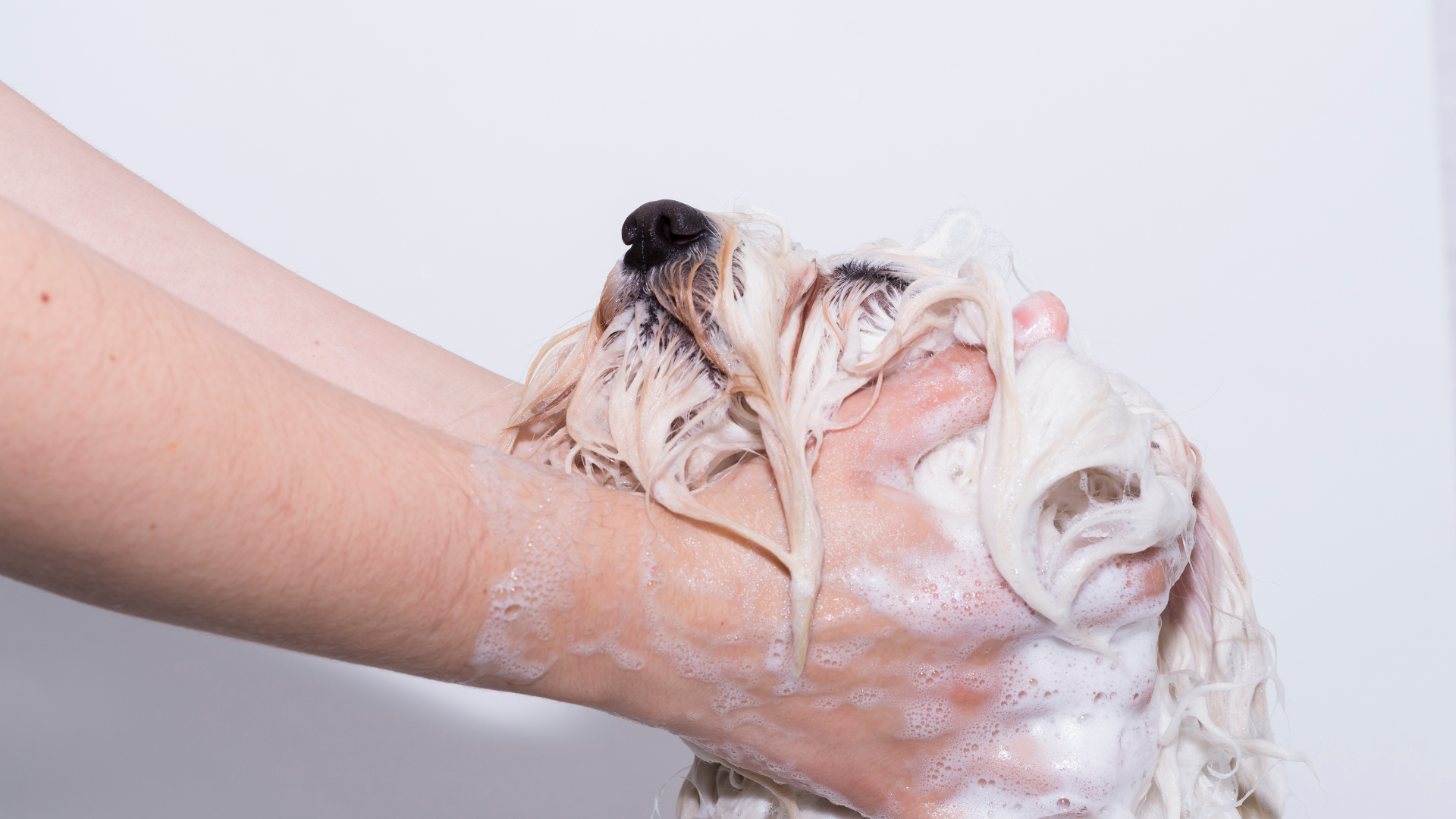A clean pup equals a healthy pup; however, new pet parents may find it challenging to determine how often to bathe and groom their dog. Nevertheless, maintaining a dog’s skin and coat health and keeping them comfortable isn’t that difficult. All that is needed is the correct bathing and grooming plan.
So, in case you have your eyes on the best golden retriever, labrador, or goldendoodle puppy for sale, then you have come to the right place to learn its grooming needs. But one thing you need to remember is that different breeds may have different requirements. And when to bathe a dog depends entirely on its breed type, activity level, health, and coat length.
However, this blog can give you a fair share of ideas on what to expect, no matter which breed you are planning to bring home.
How Often Should You Wash Your Dog?
Every four weeks is a reasonable rule to follow, according to Wendy Weinand (manager of pet services grooming education at Petco) and Dr. Jerry Klein (Chief Veterinary Officer at the American Kennel Club).
This helps to keep the dog’s coat and skin clean, and maintains the distribution of their natural oils, which will help condition, and makes them smell great.
Regular bathing is crucial to avoid potential skin issues such as clogged pores, oily skin, itching, or dry skin developing by removing the buildup of dirt and debris on the pet’s skin. When dogs are dirty, their skin doesn’t “breathe” properly, and they may develop problems that need professional attention. That’s why it’s important to know how to bathe your dog properly.
Remember that dogs who often play outside or get muddy from rolling about in dirt and mud might require more frequent bathing. Additionally, some dog breeds may require more frequent washing than others. When left unwashed and untrained, these dogs could go around the house staining your carpet. If that happens, get in touch with professionals that provide a pet stain removal service. However, with proper training and regular washing, you could generally avoid a mess.
Some breeds, such as Chesapeake Bay Retrievers, have inherently oily coats. Regular bathing will assist in removing the “bad” oils and replacing them with fresh, new natural oils that the skin is generating.
Seasonality may also have an impact on how frequently a dog is bathed. To reduce dryness and irritation throughout the winter, dog owners may want to bathe and condition their dog’s skin more regularly.
One must avoid giving their dog baths too frequently because too much washing can irritate their skin and strip too much oil. Overbathing your dog, for example, weekly or even every two weeks, can dry up the dog’s coat and skin unless there is a medical cause for more regular baths. On the other hand, it is crucial to brush your dog frequently.

How Often Should You Groom Your Dog?
New dog owners may feel quite overwhelmed when it comes to taking care of their dog’s coat and skin. The quantity of at-home grooming sessions or grooming appointments required for a dog depends on the fur length and the breed.
Most dog breeds that need haircuts – such as Yorkies, Poodles, and Cocker Spaniels – need to be groomed every six to eight weeks to prevent their coat from matting. Compared to several other breeds, their coats typically develop more quickly. If you have any of these breeds, you can learn more interesting facts about them on a website similar to Poodle Club.
Dog breeds with shorter coats, such as the Parson Terrier or the Brittany, can wait longer between grooming sessions since their hair grows slower. To maintain the health of their coats, these dog breeds need to be brushed frequently at home.
When brushing their dogs, pet owners should look out for matting and consider the condition of their dog’s overall coat and hair, particularly in older dogs. They should seek professional assistance from a dog groomer or veterinarian if something doesn’t seem right.

Does the Dog Have Any Health or Skin Conditions?
A dog’s groomer and/or veterinarian may advise the owner to bathe their dog with medicated shampoo if the dog has a specific skin condition or has any unusual scratches or bumps. For new pet owners, bathing your dog might seem scary, but all you need to good understand is what works best for your new pet. Resources like those at petknowhow might be beneficial for new pet owners to learn about pet care. Even if a dog is healthy, maintaining its health requires a grooming routine. Monthly nail clipping and ear cleaning are beneficial for all pets. The health of the dog is more dependent on thorough combing, coat brushing, and conditioning than bath time.
A pet parent can use a mild over-the-counter pet shampoo if their dog has healthy skin and fur and no underlying allergies or skin disorders. Owners can take the dog’s particular shampoo with them when they take their dog to the groomer.
Generally, human skin is far less sensitive than an animal’s skin. Therefore, many shampoos intended for humans may be excessively abrasive and irritating to animals.
Different Coats Need Different Care
Different breeds have different types of coats. Pups with medium-to-large coats may need bathing every four to six weeks or every other week, depending on how often their coats shed. To keep a healthy coat in between baths, owners can keep up with regular brushing and combing. In terms of double coats, the natural oil stripping that might result from over-bathing can be troublesome. These organic oils work to waterproof the long fur, improving protection from the outdoors and the cold.
Certain breeds have bathing requirements that, given the dog’s coat type, can be a little unexpected. Unbelievably, hairless breeds such as the Chinese Crested and Peruvian Hairless dog can require the same amount of grooming attention as long-coated breeds. The “no-weekly baths” guideline does not apply to these hairless dogs. More frequent baths are necessary to prevent oil buildup in these breeds’ skin.
Dogs with corded coats, such as Pulis or Komondors, don’t need as frequent baths as you might imagine. Since the cords repel water and are extremely challenging to rinse out the shampoo and dry, these pups don’t actually need to be bathed on a regular basis. These breeds need some time and work to maintain their dreadlocks; however, bathing them is definitely not necessary.
The Dog’s Lifestyle
Short-haired breeds, such as Labrador retrievers, may make an active lifestyle easier because they are often easier to keep clean between bathing, according to Jorge Bendersky, a celebrity dog groomer. To get rid of the dirt that was gathered during a vigorous trip to the dog park, he advises giving short-haired dogs a nice rubdown with a damp towel.
Regardless of breed, dogs that spend their days playing in the water, herding sheep, or digging in the garden may end up needing more baths than puppies who spend most of their time indoors.
Bendersky suggests that dogs should be bathed when they are no longer huggable.

The Bottom Line
Most dogs require less bathing as dogs benefit more from regular brushing. Speak with a veterinarian for more details on how frequently to bathe a specific dog and whether the dog’s shampoo is suitable for them.
